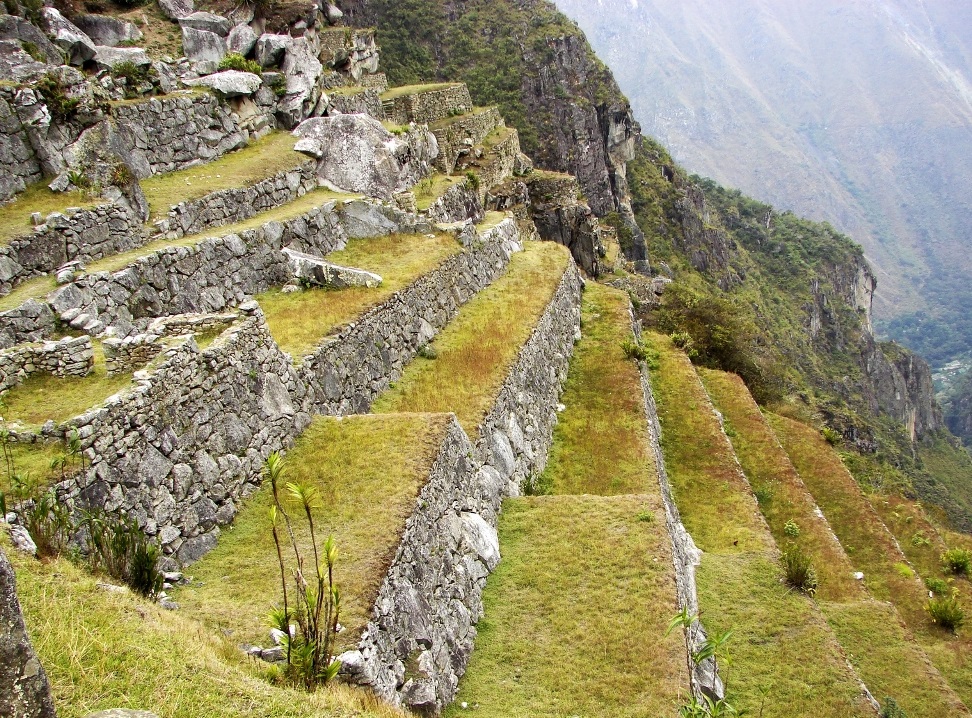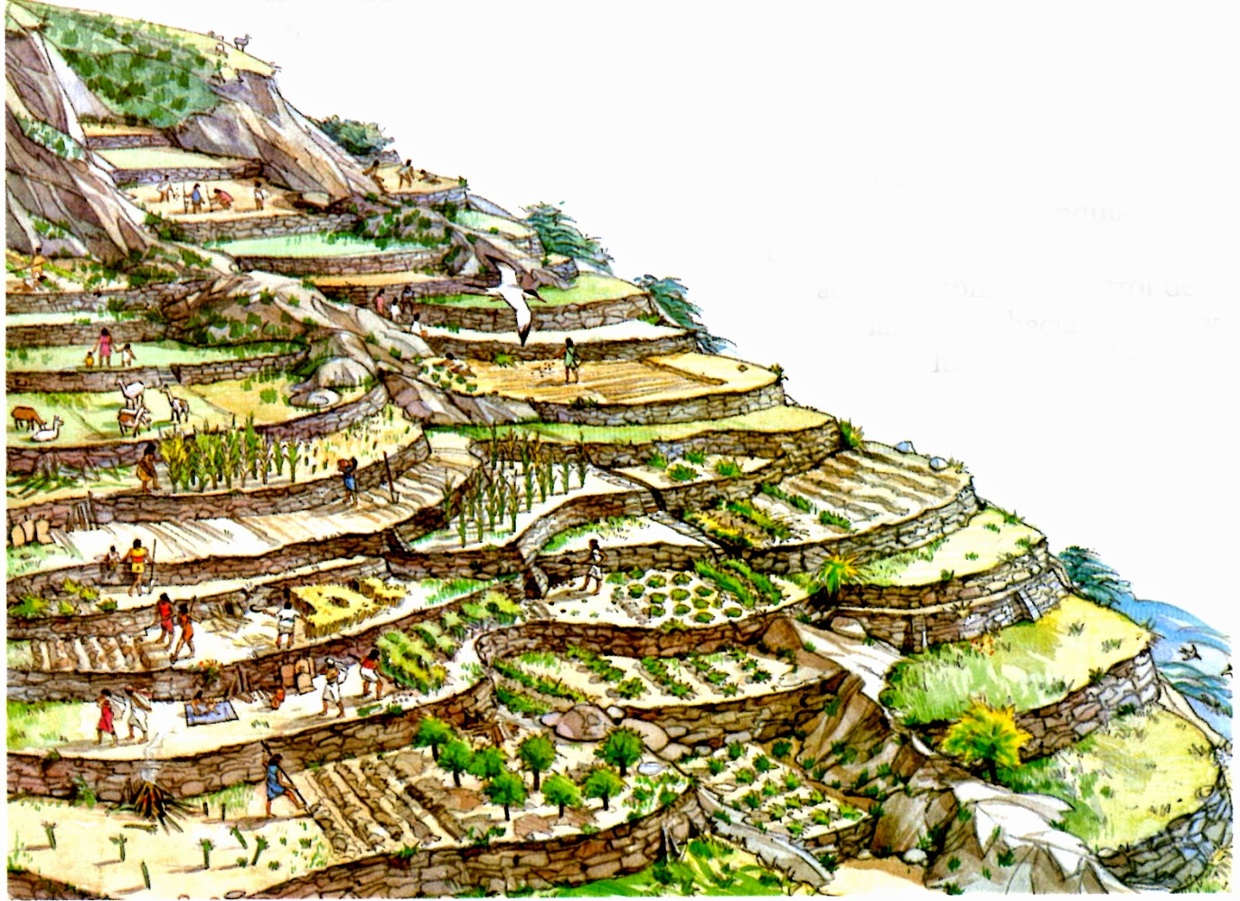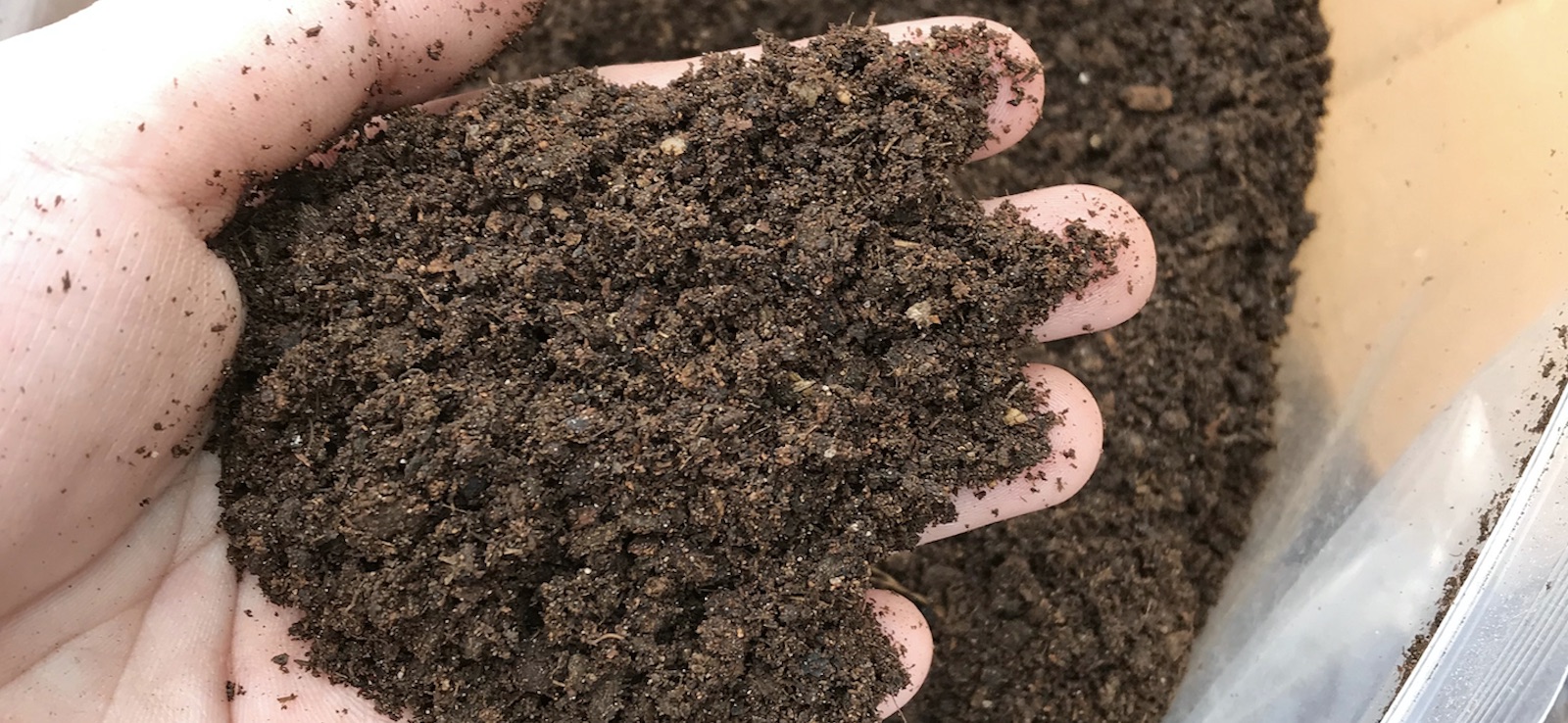Then we will show you through this interesting article all about the Techniques Agricultural of the Incas. Do not miss it! since we will give you information about this extraordinary culture and how it managed to master techniques to achieve improvements in agriculture.

Characteristics of the innovative agricultural techniques of the Incas
With a great knowledge of the soil, Inca agriculture overcame both the adversities presented by the rugged Andean terrain, as well as the unfavorable climatic conditions, thanks to the adaptation of innovative agricultural techniques, which allowed organizing production in the geographical diversity of Tahuantinsuyo.
Some aspects of agricultural techniques of the Incas
Agriculture as the main economic activity, managed to acclimatize a wide variety of products to the environment, in this way potatoes, olluco, corn, sweet potatoes and beans, among others, were grown.
So, to plow the land, they used the human-powered plow or tajlla, which consisted of a stick with a curved stone or metal tip crossed by a beam at its lower end, which served as a support to drive the tool into the ground and open the slots. In addition, they used seabird manure, called guano, and dead carob tree leaves as fertilizer.
What were the agricultural techniques of the Incas?
In Inca agriculture, different methods were used that led to excellent results, such as:
Platforms
Called cultivation terraces, they were built on the slopes of the mountains resembling giant steps, in this way the land surfaces contained by stone walls were raised, preventing the rains from eroding the land and causing the erosion of the crops. As a result, they made better use of the water that circulated through small channels from the highest level of the platforms to the lowest. Adding that with this technique three harvests a year could be obtained.
The agriculture of the Inca culture improved this technique by creating agricultural experiments, made up of circular platforms, which at first glance seemed like amphitheaters. But in reality they were cultivation terraces with a different microclimate on each of their levels, which has allowed them to plant a wide variety of vegetable and legume species. One of the main agricultural laboratories is located in Moray.
ridges
Known as waru waru, they were used in extensions of land that were periodically flooded. To avoid this, the Incas developed cultivation paths above the water level, thus facilitating the drainage of rain and keeping the soil hydrated.
cars
They were water dams made up of several furrows that allowed crops to be adapted to extreme weather conditions, in addition, their edges made grass grow to feed livestock.
Likewise, the hydraulic aqueduct procedures allowed the irrigation of crops, an example of this are the channels from Cumbemayo to Cajamarca.
After all, the relevance of Inca agriculture rests on the fact that most of these techniques are still in use today.
Agricultural Techniques of the Incas
By agricultural technique we understand the ways or procedures that the Incas used on the ground so that the agricultural exploitation is intense and efficient.
This technology reflects the level of knowledge that Andean man has acquired throughout his existence in his struggle to survive in the difficult morphology of the Andes.
Importance
An important characteristic of Inca agricultural technology is the adaptation of the techniques to the geography of the cultivation area, and another characteristic is that they were generalized throughout the Empire. Agricultural and hydraulic techniques and food preservation are the best achievements of the Incas, their main techniques:
The Cochas or Qochas
It is a typical technique of the highlands near Titicaca. The Qocha, which means puddle of water, is formed by artificially opened conical holes in which rainwater is deposited. Sowing was carried out mainly on the banks, which are more fertile because they are humid.
Only potatoes are grown here. Water could be transferred through channels from one qocha to another. The qochas help to avoid the frosts of the puna, because, as is known, the water absorbs the heat of the day and radiates it at night, thanks to this, it was possible to live in the heights.
The Mahames
They were farms that were dug, dredged or deepened as large holes and were built mainly on the coast with sandy soil. The excavation was carried out to take advantage of the humidity of the underground water. Taking care not to perforate the water table to avoid flooding. There they planted corn, fruit trees, etc. Using anchovy heads as fertilizer.
The Inca Coastal Hills
They were used in the same way as other agricultural techniques during the Inca period. They are areas that receive a lot of moisture at certain times of the year and can be planted there, even building internal irrigation canals. They were true oases in the desert that served to extend the agricultural frontier.
The fields
They are typical of the highlands and mainly for planting potatoes. These were animal pens (llamas) where they took advantage of the taquia or accumulated manure. The humidity of the rains conditioned the fields.
irrigation systems
During the Inca period, the irrigation canals of Mochica, Chimú, Tallán, Maranga and the underground aqueducts (puquios) of Nazca remained in service.
In addition, according to specialists in the field, there is ample evidence of the intensification of the construction of canals during the Inca era, many of them linked to the massive construction of platforms.
More of the Inca Agriculture
Inca agriculture is the group of systems used by the inhabitants of Tahuantinsuyo to cultivate the land. Although they were in quite rough terrain.
They were able to connect and find solutions and/or techniques that would allow them to do agricultural work, not only in the Andes, but also in coastal, mountainous and mountainous regions. jungle that included part of the Tahuantinsuyo territory.
In this way, they understood how agriculture works in different geographical areas with different climates, increasing the complexity of knowledge and increasing its efficiency.
Agriculture was the main economic activity for them, who made great advances in the technology used for this work, cultivation, planting and even storage of the products already harvested.
Inca Agriculture Tools
The Incas could not plow the land with the yuntas, which are a pair of oxen or mules that together are used to plow the land on long journeys across the land to work, in this case due to the absence of these animals and the mountainous territory. added, it was impossible to use this technique.
Having to look for a much more manual method based on their own effort, such as the chaquitaqlla, a pointed stick with another curved tip that allowed the foot to be placed and pressed in order to stick the stick firmly into the ground and create furrows.
Despite the great effort that is required to carry out this work under this agricultural tool, to date no other tool has been found that surpasses it.
The chaquitaqlla was also used in the agriculture of the Chavín culture and it is very likely that in this mix of cultures given by the expansion of the Inca Empire, they learned techniques that were carried out before.
Inca Agriculture Fertilizers
Fertilizers in agriculture are the fertilizer that is placed on the land to nourish it and make it more suitable for planting, so that better quality plants can be obtained and, therefore, better quality fruits.
Throughout the years that the Incas dedicated themselves to agriculture, we can see that they used different types of fertilizers, among which we can highlight a type of fertilizer where they mixed seeds with small fish. like sardines in the ground to plant wheat.
This can be corroborated in some painted walls of the Pachacamac sanctuary where corn plants can be seen germinating from small fish.
Another type of fertilizer that was also used was the famous "guano" a resource that was obtained from the excrement expelled from guano birds or seabirds and finally a third type of fertilizer used were the same leaves of the plant crushed with a hammer to compost a new plant to be grown.
If you found this article interesting, we invite you to enjoy these others:



